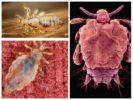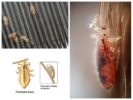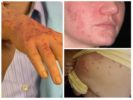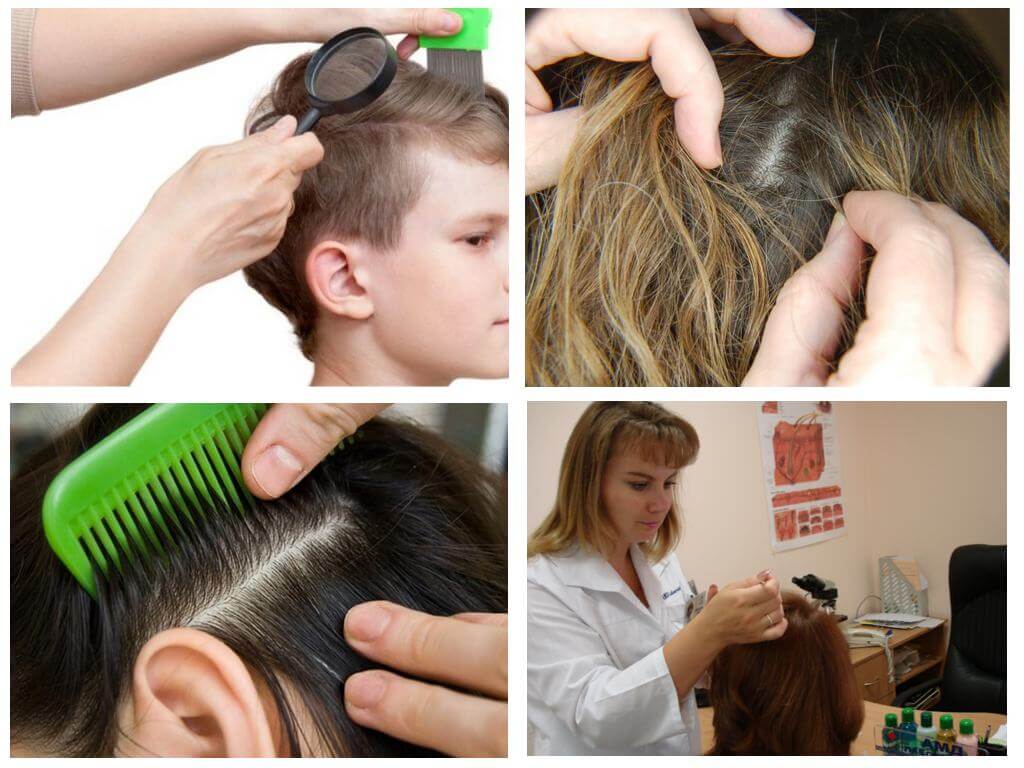- Types of Lice
- Lice
- Lice bites
- Quintan
Cases of infection with lice often occur in children's groups, and the child passes the parasites to their relatives: parents, grandparents, brothers and sisters. The disease tends to progress rapidly. But if you know what are the symptoms of lice on the head, then get rid of head lice it will be easy.
What parasites cause lice
Three types of lice can parasitize a person at once:

The most common head type. Lice are transmitted different ways. The parasite is easy to pick up in public transport, a beauty salon, in kindergarten, while relaxing on the lake. This small insect, up to 4 mm long, feeds on blood and lives on the head. The first signs of lice on a person’s head do not appear immediately. Only after 7 days the parasites make themselves felt.
Pubic louse most often lives on people who have promiscuous sexual intercourse. This insect also feeds on blood and can live in the armpits, on eyebrows, eyelashes and mustaches. Ftyriasis (the so-called pubic louse infection) can cause the disease:
- in the bathhouse, sauna, massage parlor;
- using other people's towels and bedding;
- closely contacting with the patient.
Interesting!
Pubic louse is dangerous because tolerates diseasesAmong which are genital infections. But AIDS and hepatitis cannot be taken from her.
A sign of the presence of lice of this species is a severe itching of the genitals and anus.
Linen lice live on clothes, and the human body is used as a dining room. Pests can appear where it is not possible to often change bedding and linen: in camps and hospitals. The symptom of body lice is itching, which occurs throughout the body. Also on the skin appear small lice bite marks.
The first signs of lice
A clear sign of the appearance of lice is the presence of the insects themselves. But while their number is small, a person may not be aware of the disease. The parasite lives on the skin and quickly hides among the hair. Therefore, it is difficult to detect.
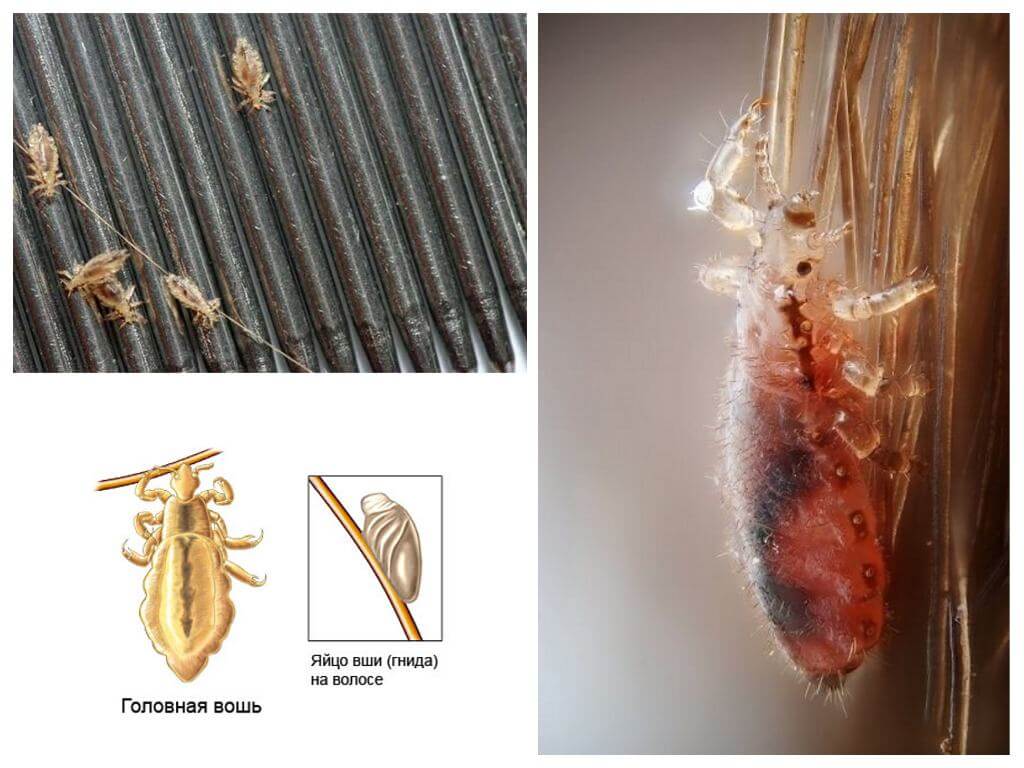
Suspicion on pediculosis may occur if the patient reveals dirty white small lumps on the head that are difficult to separate from the hair. These grains that are hard distinguish from dandruffare called nits.
Interesting!
Over the course of her life, each female lays up to 150 eggs. This is 14 eggs per day. The larva hatches in a week. Before becoming an adult, she will go through three molts.
If the head began to itch in the absence of parasitesthen you should consult a doctor. It may be allergic to cosmetics or food. The doctor considers itching as a sign of pediculosis in the patient, if he:
- occurs in the occipital and temporal region;
- worse after shampooing;
- It is very disturbing at night.
Children respond to parasite bites faster than adults. Symptoms of pediculosis in children are as follows:
- the child becomes nervous;
- often scratches the head;
- tossing and turning at night often wakes up;
- in infants, lymph nodes can become inflamed.
The presence of lice gives out bites:
- If pediculosis infection occurs, then red dots with clotted blood in the center will appear on the scalp. Such traces are found behind the ears and on the neck.
- With phthyroidism, small spots occur in the inguinal region and axillae.They can be found on the buttocks and lower abdomen. May also be lice on eyelashes.
- The body louse bites the whole body. Her bites look like cyanotic spots, which, when severely infected, merge into one spot.
A person can bite bed bugs, ticks, fleas. But head and pubic lice give out bites in the scalp.
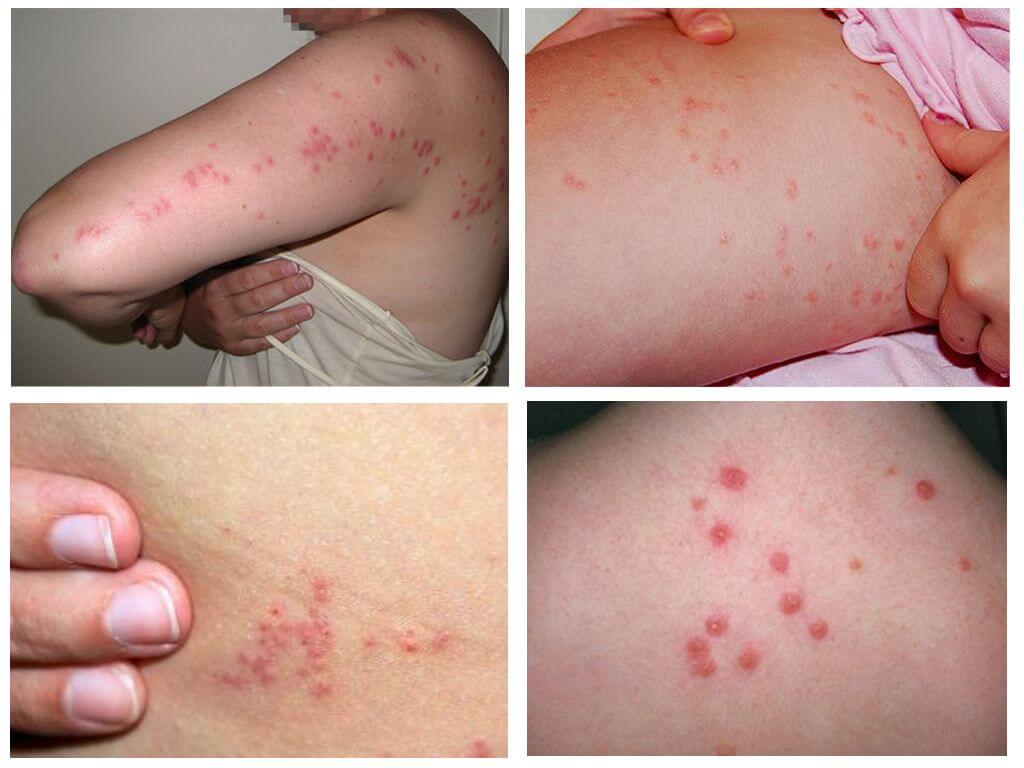
To make it easier to determine which insect decided to feast on blood, you should look at the photo of lice in the hair. The photo will clearly demonstrate the difference between these parasites from other insects and show what the signs of lice infection look like.
Advanced Pediculosis
Diagnosing a disease at its very beginning can be difficult. This is especially true for children, although the symptoms in adults and babies are the same. This happens because the child is often silent to the last, and the parent attributes the nervousness and anxiety to tiredness due to study.
The running stage may indicate:
- Bites that extend beyond the area of the hairline and merge into spots.
- Strong, ongoing itching.
- A large number of new and old nits in the hair.
- The presence of ulcers at the site of combing.
Serious signs of pediculosis in adults and children can cause the following diseases:
- typhus;
- quintan.
Body lice can be carriers of these diseases.
Symptoms of Volyn fever
The virus enters the body through combing the bite. The main signs of the disease are:
- rash on the body;
- muscle and bone aches;
- a sharp increase in body temperature.
Volyn fever is not a fatal disease, but anyway, when symptoms appear, it is worthwhile to see a doctor and check for parasites.
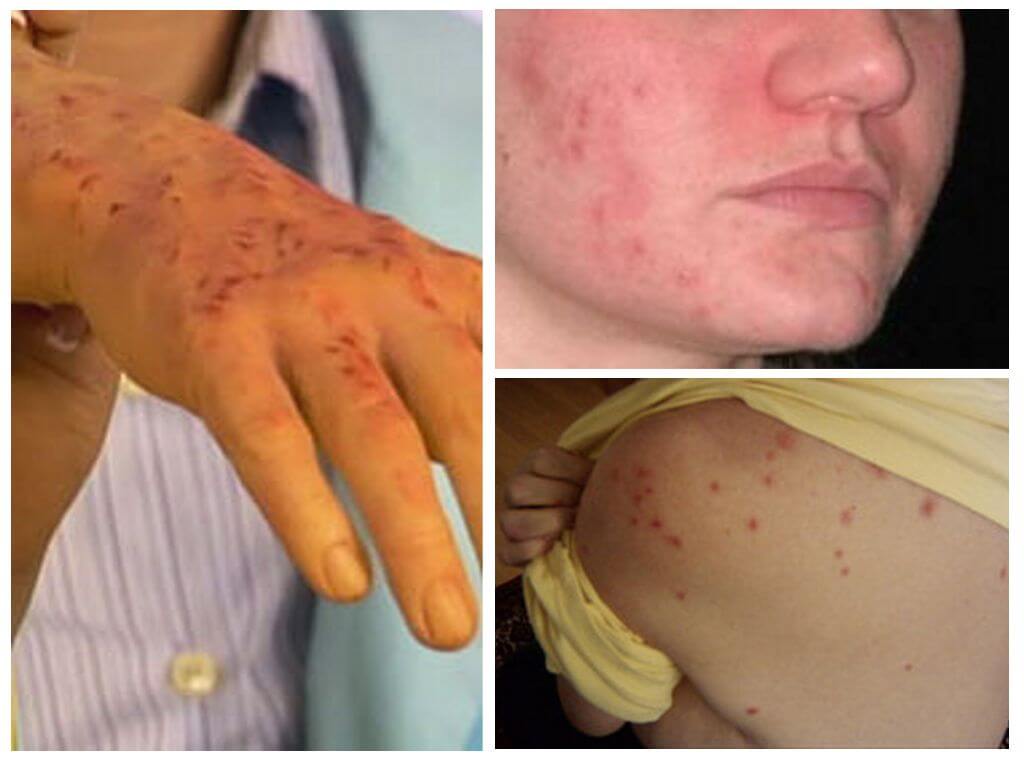
Signs of typhus
The disease is difficult. Its symptoms are:
- rash;
- vomiting
- fever;
- body pain;
- intense thirst.
Typhoid is terrible for its complications: thrombosis and CNS disorder. Sometimes the disease causes a blockage in the pulmonary artery. In this case, the person dies.
On a note!
There is a vaccine for typhoid. It protects the body for several years.
The main signs of lice are itching and the presence of lice and nits. It is worth checking the hair of children once a week and not forgetting about your own health yourself. Important to get started pediculosis treatment in time so that it does not cause complications in the form of pustules on the body.
